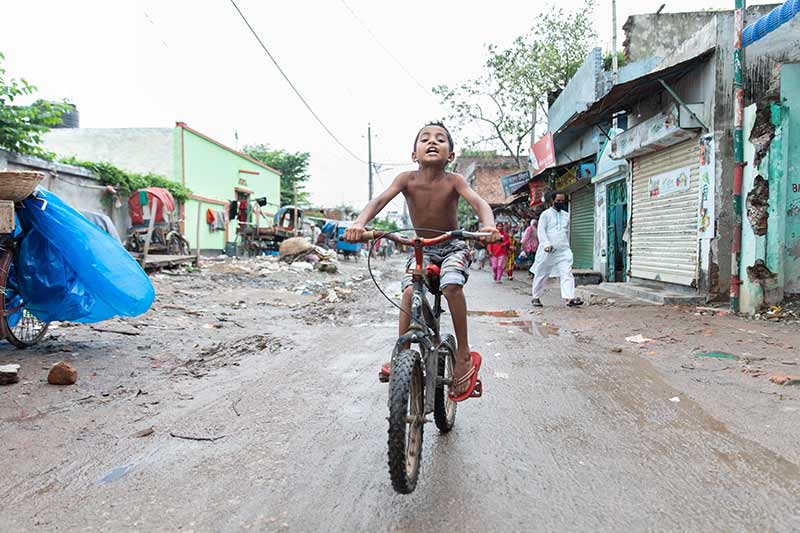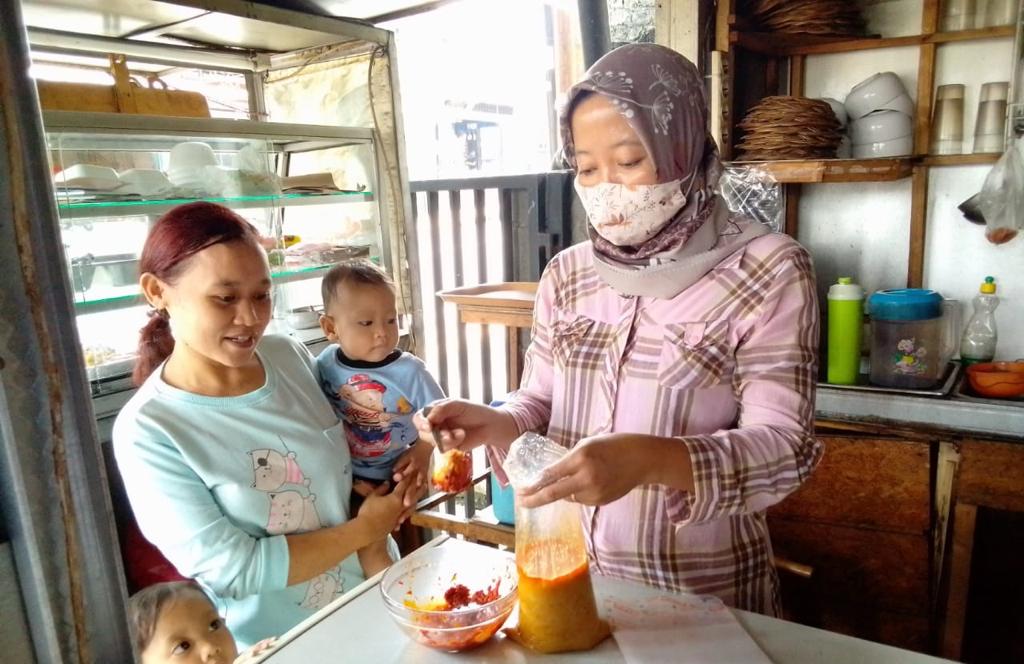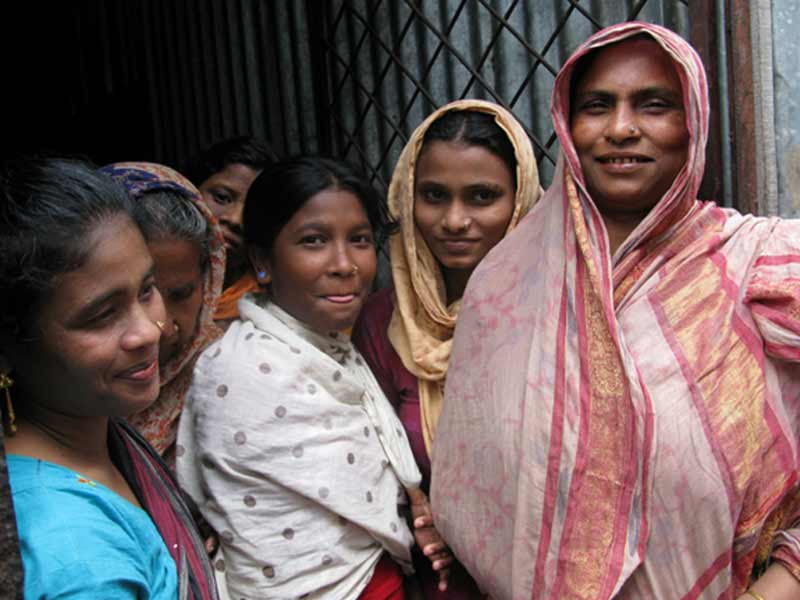
Why Is There An Urban Nutrition Crisis In Asia And The Pacific?
Although Asia and the Pacific remains the world’s fastest growing region, the rise in affluence in conjunction with growing populations continues to drive greater demand for more protein-rich food and better nutrition.
Food consumption in Asia and the Pacific has grown steadily over the year, from 2,379 kilocalories per capita per day in 1990 to 2,665 kilocalories in 2019.
Despite the uptick, 733 million people in the region still live in absolute poverty (living on less than $1.25 a day), and 537 million remain undernourished. While many reap the abundance of progress and prosperity, there’s still an unprecedented level of poverty.
As Asia Pacific communities and economies develop at an ever increasing pace, the challenge of providing adequate nutrition and healthy diets has also greatly increased, due to constraints posed by resource scarcity, environmental degradation, unsustainable food production and consumption patterns, food loss and waste, food safety concerns and inequitable distribution.
Adding on additional stress on behalf of Russia’s invasion of Ukraine, food supply chains are falling apart by the day and undermining food security around the world.
This rapidly changing environment has led to a nutrition crisis that demands addressing how our changing food systems are reshaping our food environments and influencing our diets. Policies and programs which enable better production, processing and distribution of food, and promote sustainable diets must be accelerated now.
Although the incidence of people living in poverty fell from more than 50 percent in the mid-1970s to 18 percent in 2004, and the incidence of hunger fell to 16 percent, Asia is still home to more than half of the world’s poor, most of whom live in rural areas. Agriculture and rural development are thus still key to reducing poverty and hunger in the region.
While junk food provides a convenient and affordable option for millions of low income people, the subsequent risks and potential medical bills of an unhealthy diet only exacerbates the cycle of rural poverty.
The need for social protection safety nets has been made abundantly clear by the coronavirus pandemic. On a global scale, we’ve seen the immense success of well-functioning social protection systems and how their absence exacerbates inequality and poverty.
About half of Asia-Pacific countries have no social protection coverage at all and only a small handful of countries have comprehensive systems with relatively broad coverage. Population aging, migration, urbanization, natural disasters and climate change, as well as technological advancements are further compounding these challenges.
The disparity between Asia and the Pacific’s growth contrasted with the struggles of their nutrition crisis calls for immediate action. Policy makers must prioritize ensuring the sustainability of global food systems, reduce poverty and vulnerability to food insecurity, and establish risk management systems and tools to mitigate the effects of price volatility and crises. It’s time for Asia’s food security and nutrition to align with the immense progress and prosperity of this region.



